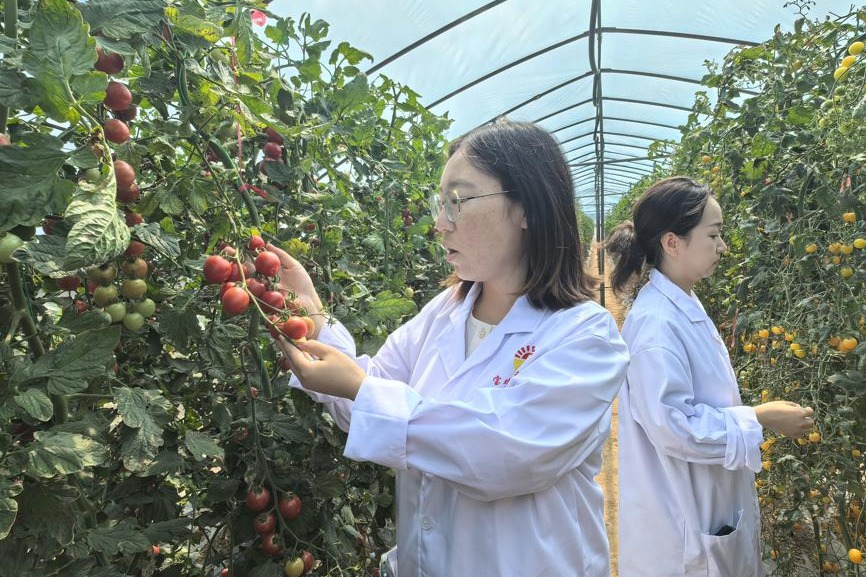Botanists finish decoding paper mulberry

Chinese botanists have finished a pioneering decoding of the paper mulberry genome by analysing its chromosome-scale genome assembly, according to a recent paper published on international scientific journal Molecular Plant on Feb 26.
The breakthrough carries great significance by providing a theoretical base for the wide use of the plant in paper-making, foodstuffs and medicines. It is also expected to help accelerate the breeding of the plant's new varieties and improve their qualities.
Shen Shihua, researcher from the Institute of Botany at the Chinese Academy of Sciences and principal research fellow of the project, said paper mulberry, compared with other woody trees, had a high dose of flavonoid. This metabolite in plants can help the growth of its leaves.
The paper mulberry is native to Asia and consists of more than 30, 000 genes. It enjoys a long history in China as the major raw material for paper-making.
"Both human beings and animals can benefit from the decoding of Paper mulberry genes," Shen said, adding the woody tree had formed a coexistent relationship with other beneficial soil bacteria.
He said the paper mulberry is a smart tree that can be used for a variety of fields, and easily connected with other plants and bacteria. However, lack of systematic research and cultivation by humans has stagnated its utilization.
- Smart agriculture provides solutions for BRI countries
- Foreign experts, journalists explore China's cultural heritage
- Jiangxi county pioneers innovative rural development approach
- China's 'medicine capital' company goes fully automated
- Beijing prosecutors helping errant minors to get back on track
- Copyright Society of China wins approval to be observer of world intellectual property body





































